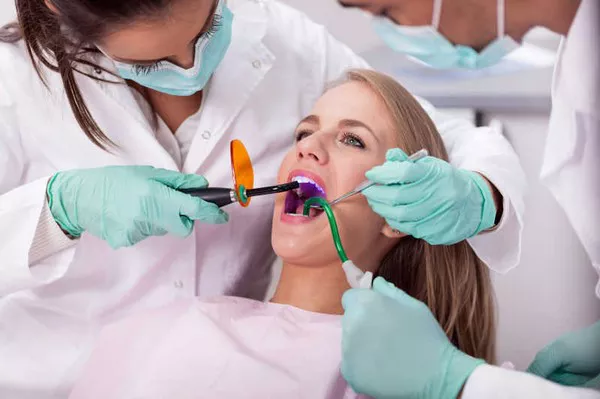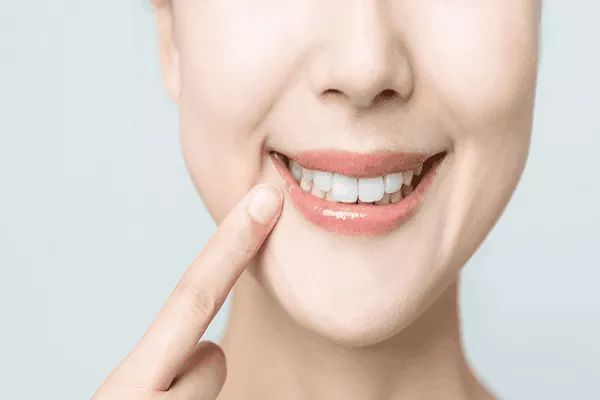Orthodontic treatment has the power to transform smiles, align teeth, and enhance oral health. Upon completing orthodontic treatment, such as braces or clear aligners, the use of retainers is often recommended to maintain the achieved results. Among the various types of retainers available, bonded retainers stand out as a discreet and convenient option. But how much does an orthodontic bonded retainer cost? In this article, we will delve into the factors that influence the cost of a bonded retainer and provide insights into the potential expenses associated with this dental appliance.
1. Understanding Bonded Retainers
A bonded retainer, also known as a fixed retainer or permanent retainer, is a thin wire that is custom-fitted to the back surfaces of the teeth. It is typically bonded to the lingual (tongue-side) of the teeth, making it virtually invisible when smiling. Bonded retainers serve the important role of preventing teeth from shifting back to their original positions after orthodontic treatment.
2. Factors Influencing the Cost
2.1 Location
The cost of an orthodontic bonded retainer can vary based on your geographical location. Factors such as the cost of living and local market trends can impact the overall price.
2.2 Dental Professional’s Expertise
The skill and experience of the dental professional placing the bonded retainer can influence the cost. A highly skilled orthodontist or dentist may charge more for their services.
2.3 Material Quality
The type of wire used for the bonded retainer can affect the cost. High-quality materials that offer durability and longevity may contribute to a higher price.
2.4 Laboratory Fees
In some cases, the fabrication of the custom-fitted retainer wire may involve laboratory fees. These fees can vary and impact the overall cost.
2.5 Additional Treatments
If additional treatments, adjustments, or follow-up appointments are included in the retainer package, they can contribute to the total cost.
3. Cost Range
The cost of an orthodontic bonded retainer can vary widely based on the factors mentioned above. On average, the cost of a bonded retainer can range from $250 to $500 per arch. This means that if you need both upper and lower bonded retainers, the total cost may be between $500 and $1000.
4. Insurance Coverage
Dental insurance coverage for orthodontic retainers varies and may depend on your specific insurance plan. Some insurance plans may partially cover the cost of retainers if they are deemed medically necessary. It’s advisable to check with your insurance provider to understand the extent of coverage.
5. Payment Options
Dental practices often offer various payment options to make the cost of orthodontic treatment, including retainers, more manageable. These options may include flexible payment plans, financing options, and discounts for upfront payment.
6. Importance of Retainer Investment
While the cost of an orthodontic bonded retainer is a consideration, it’s essential to recognize the value it provides in maintaining the results of your orthodontic treatment. Teeth shifting can occur over time, and investing in a retainer helps ensure that your smile remains straight and well-aligned.
7. Consultation and Cost Discussion
When considering an orthodontic bonded retainer, scheduling a consultation with an orthodontist or dentist is essential. During the consultation, the dental professional can assess your needs, provide an accurate cost estimate, and discuss potential payment options.
8. Conclusion
An orthodontic bonded retainer is an investment in preserving the results of your orthodontic treatment and maintaining a beautiful smile. The cost of a bonded retainer can vary based on factors such as location, the expertise of the dental professional, material quality, and additional treatments. While the average cost ranges from $250 to $500 per arch, it’s important to recognize the value that a well-maintained smile brings to your overall confidence and oral health. Consulting with a dental professional and discussing payment options will help you make an informed decision and ensure that your smile remains radiant for years to come.
Related Topics:






























